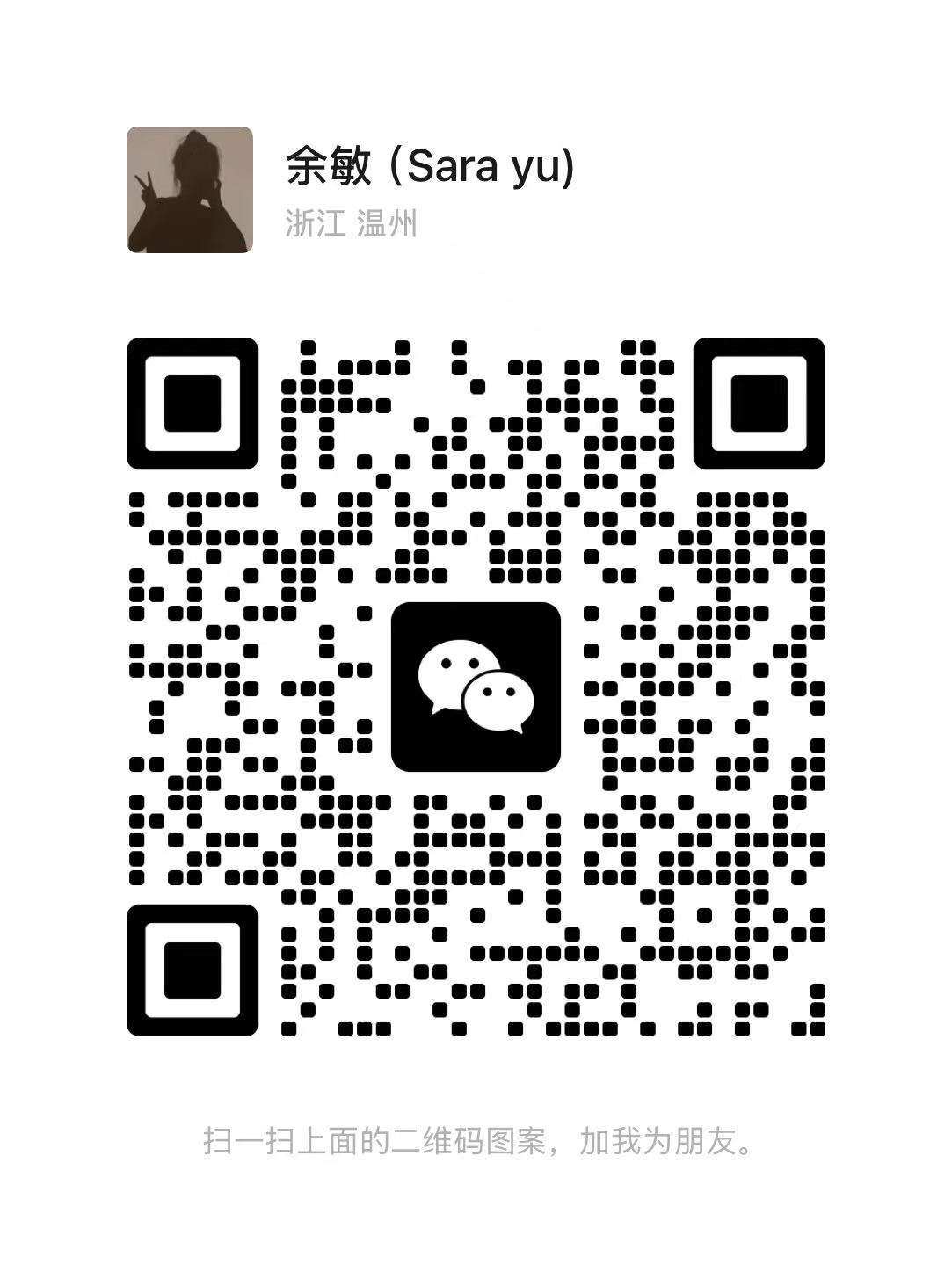In power supply design, safety is often the first, and so is switching power supply. Grounding can protect the personal safety of users and ensure the normal operation of power equipment. What is a suitable grounding method for switching power supply? What are the common grounding symbols?
This paper will introduce the grounding problem of switching power supply.
What is the definition of grounding?
In the concept of modern grounding, for the line engineer, the meaning of this term is generally the reference point of line voltage. For the system designer, it is often the cabinet or rack. For the electrical engineer, it means green and safe ground wire or grounding. A common definition is that grounding is the low resistance channel for the current to return to its source. Note that it is required to be low resistance and channel.
What are the common grounding symbols?
PE, PGND, FG protected areas or enclosures; Bgnd or dc-return-ac-48v (24V) switching power supply (rechargeable battery) returns; GND working ground; DGND data ground; Agnd simulation ground; LGNd lightning protection zone.
What is the appropriate grounding method?
There are many ways of grounding, including single point grounding, multi-point grounding and mixed type grounding. Single point grounding is divided into series single point grounding and parallel single point grounding. In general, single point grounding is used for simple circuits, grounding differentiation between different functional modules, and low frequency (f
Why should switching power supply be grounded?
At first, the introduction of grounding technology is a protective measure taken to prevent power and electronic equipment from being struck by lightning, with the purpose of introducing lightning rods into the earth to protect buildings. At the same time, grounding is also an effective means to protect personal safety. When the phase line (such as poor wire insulation, line aging, etc.) caused by some reason touches the equipment shell, the equipment shell will have dangerous voltage, and the resulting fault current will flow through the PE line to the earth, thus playing a protective role. With the development of electronic communication and other digital fields, only considering lightning protection and safety in grounding system is far from meeting the requirements.
For example, the signal between each equipment needs a ground as the standard reference ground of the signal. With the complexity of electronic equipment, the signal frequency is getting higher and higher. Therefore, in the grounding design, special attention must be paid to the electromagnetic exchange problems such as mutual interference between signals. Otherwise, improper grounding will seriously affect the reliability and stability of system operation. Recently, the signal return technology of high-speed signal has also introduced the concept of ground.
Why should simulation and data be separated, and how?
Both analog signals and digital signals should flow back to the ground. Because the digital signal changes rapidly, the noise generated by the digital ground will be very large, and the analog signal needs clean reference work. If the analog and digital ground are mixed together, the noise will affect the analog signal.
Generally speaking, the analog ground and the digital ground should be treated separately, and then connected together through thin wiring, or connected at a single point. The general idea is to try to prevent the digital ground noise from channeling to the analog ground. Of course, this is not a very strict requirement. Analog and digital land must be separated. If the digital land near the analog part is still clean, it can be combined.
How to ground the data signal on the dual board?
In general, it is best to use the nearest grounding in the design, and it is very easy to ground the common signal after having a complete multi-layer board design. The basic principle is to ensure the continuity of the wiring, reduce the number of vias, close to the ground plane or the power source plane, etc.
How is the single board interface device grounded?
Some dual boards will have i/o sockets open to the outside world, such as serial communication RF connectors and network interface RJ45 RF connectors. If their grounding devices are not properly handled, they will also endanger all normal work. For example, there are error codes and packet loss rates in the interconnection of network interfaces, and they will become magnetic induction interference signals open to the outside world, pushing the noise in the board outward. Generally speaking, a separate socket ground will be cut out independently, and the connection with the data signal ground shall be connected by thin wiring, which can be connected in series with 0 ohm bus or a resistor with small resistance value. The thin wire can be used to prevent the noise of the signal ground from passing through the interface ground. Similarly, the filter of interface ground and interface power supply shall also be carefully considered.
How to ground the shielding layer in the cable with shielding layer?
The shielding layer of the shielded twisted pair needs to be received on the socket ground of the twisted pair board, not on the data signal ground. This is because there are various noises on the data signal ground. If the shielding layer is received on the data signal ground, the noise working voltage will drive the common mode current outward along the shielding layer. Therefore, cables with unscientific design schemes are generally all large noise output sources of interference signals.
Modern people’s life has become increasingly inseparable from electronic equipment, and electronic equipment must rely on stable and safe power supply. Switching power supply technology has penetrated into the field of various electronic devices. I hope you can find your own confused problems in this article and get answers smoothly.








